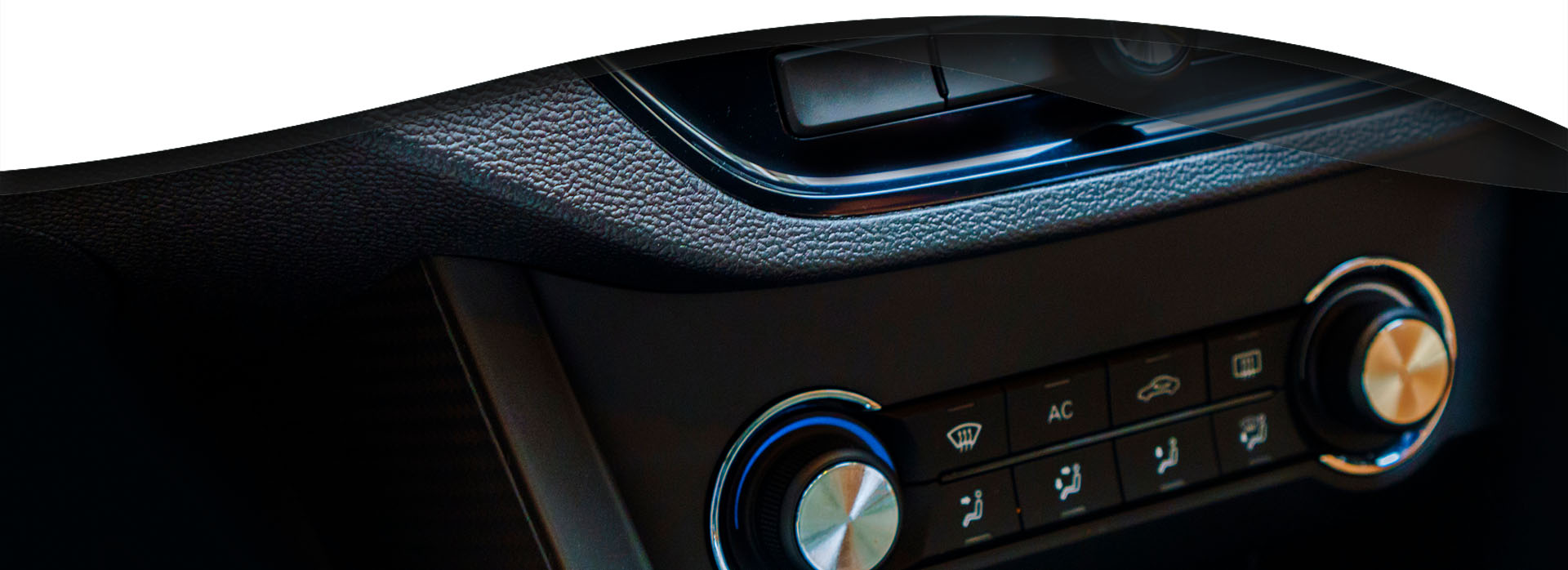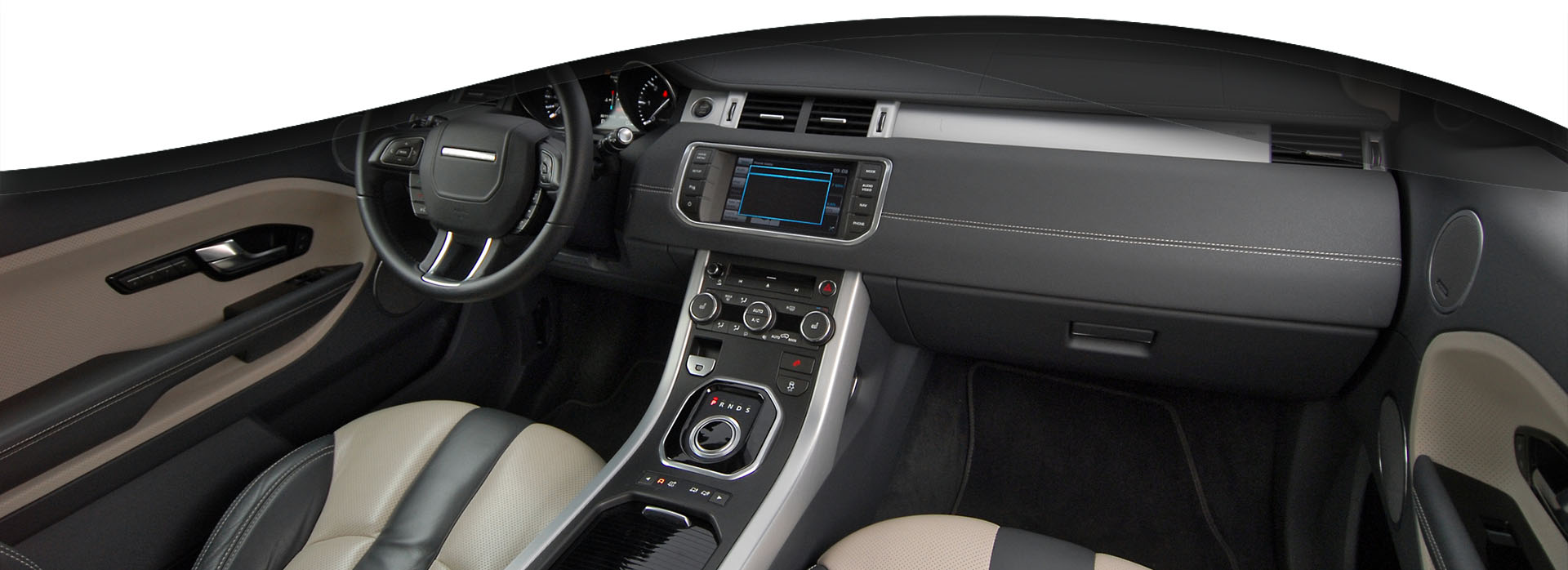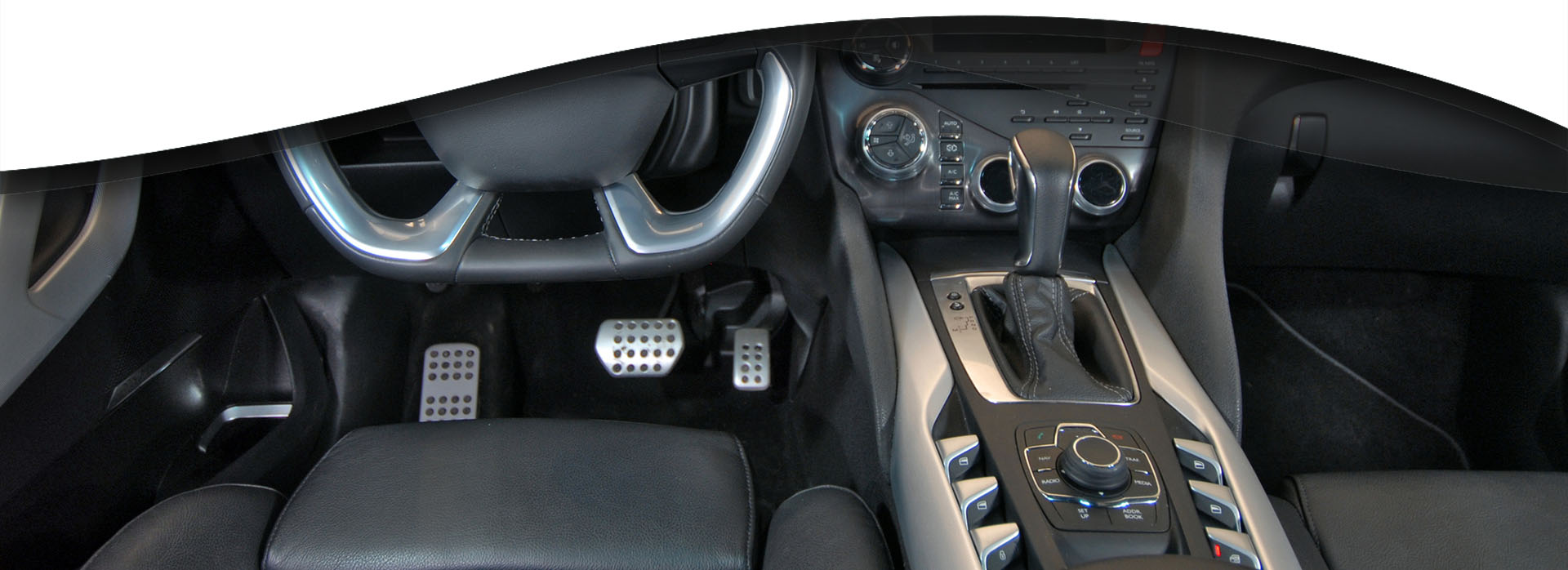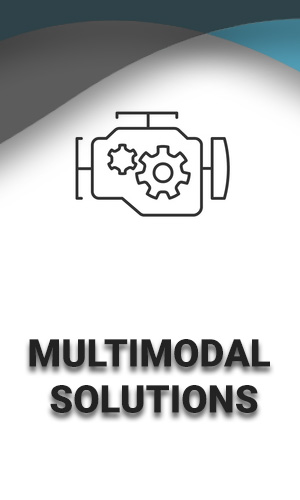Further Proposals
In this section, I outline ideas and proposals for multimodal and speech interaction in the car and elsewhere that have not yet reached the prototype
stage, but are well documented and published.
I’d be happy to discuss use cases and details anytime - maybe there is even more that might be of interest for you!
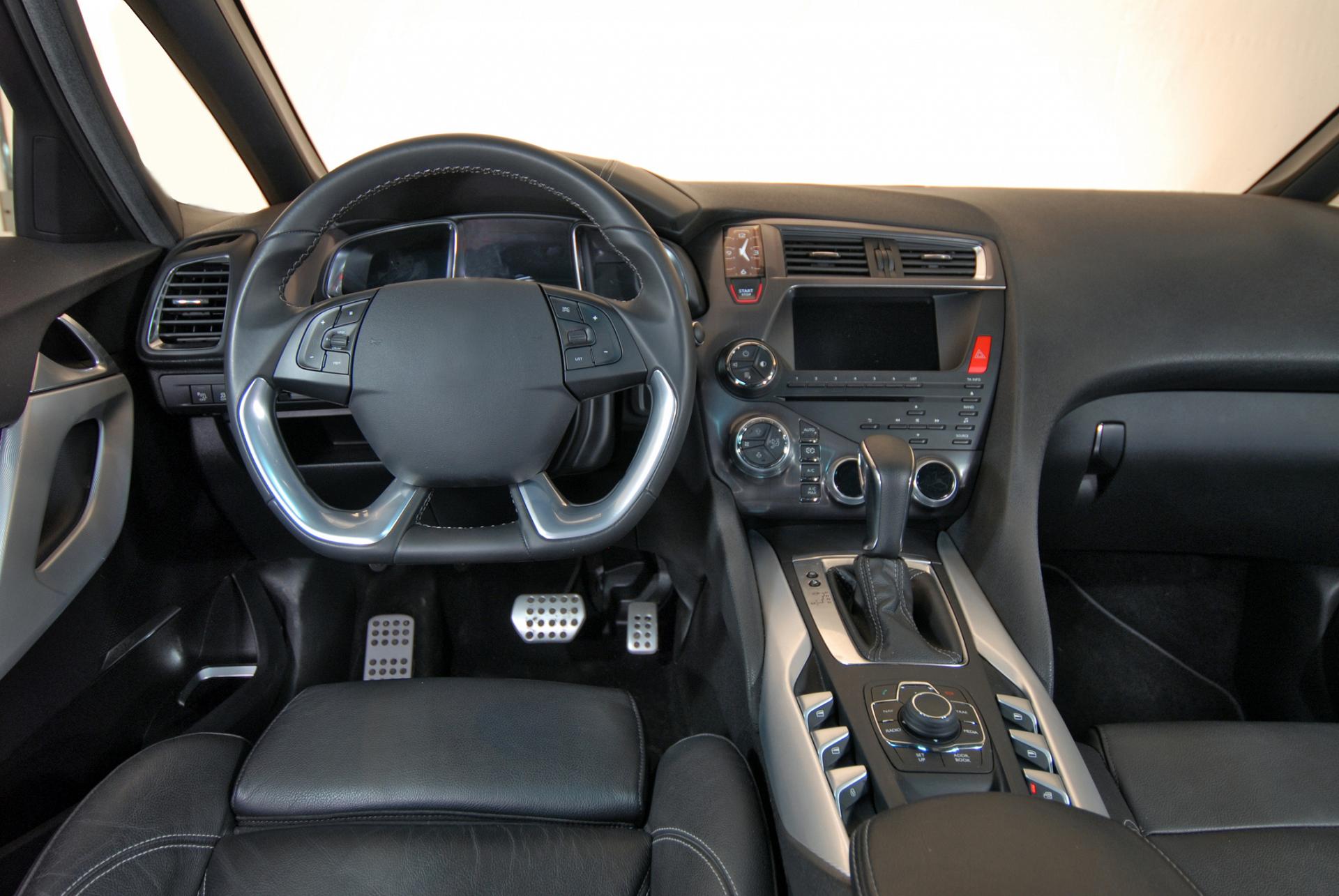
Learning by Example - teaching you car your preferred longitudinal and lateral controls
It is a current trend to ‚learn‘ preferred user settings. However, this can take a long time and sometimes results in kind of paternalistic systems that prescribe certain things rather than request the actual wants and desires of a user. My patent disclosure on the driver teaching the car her or his preferred speed and steering angle for a particular stretch of road is just one possible realization of a paradigm where a user tells a system how she or he wants certain things done, and perhaps even which things should be done. In this case, this is done by example - the current controls (steering wheel, brake and gas pedal) are treated as multimodal input devices as well. Such an interaction can be started by the driver („Let me show you how I want this to be done)“ or by the system („This is the way I do it - is this ok with you?“) and verified in a dialog as well.

Communication with the Outside - how can a vehicle interact with external people
People tend to postpone the question of how cars can interact with people in their environment to the point where autonomous vehicles absolutely need
to do that. This patent disclosure elaborates on different ways in which even now the car can communicate with the outside, using light, sound, body or
body parts movement as well as speech output. The application example is a straightforward, output only, reminder function: Please bring wiper fluid
from the gas station!
However, it is also possible to have speech commands from the outside to the car, e.g. to open doors, switch on lights etc. More details can be found in
another patent disclosure.
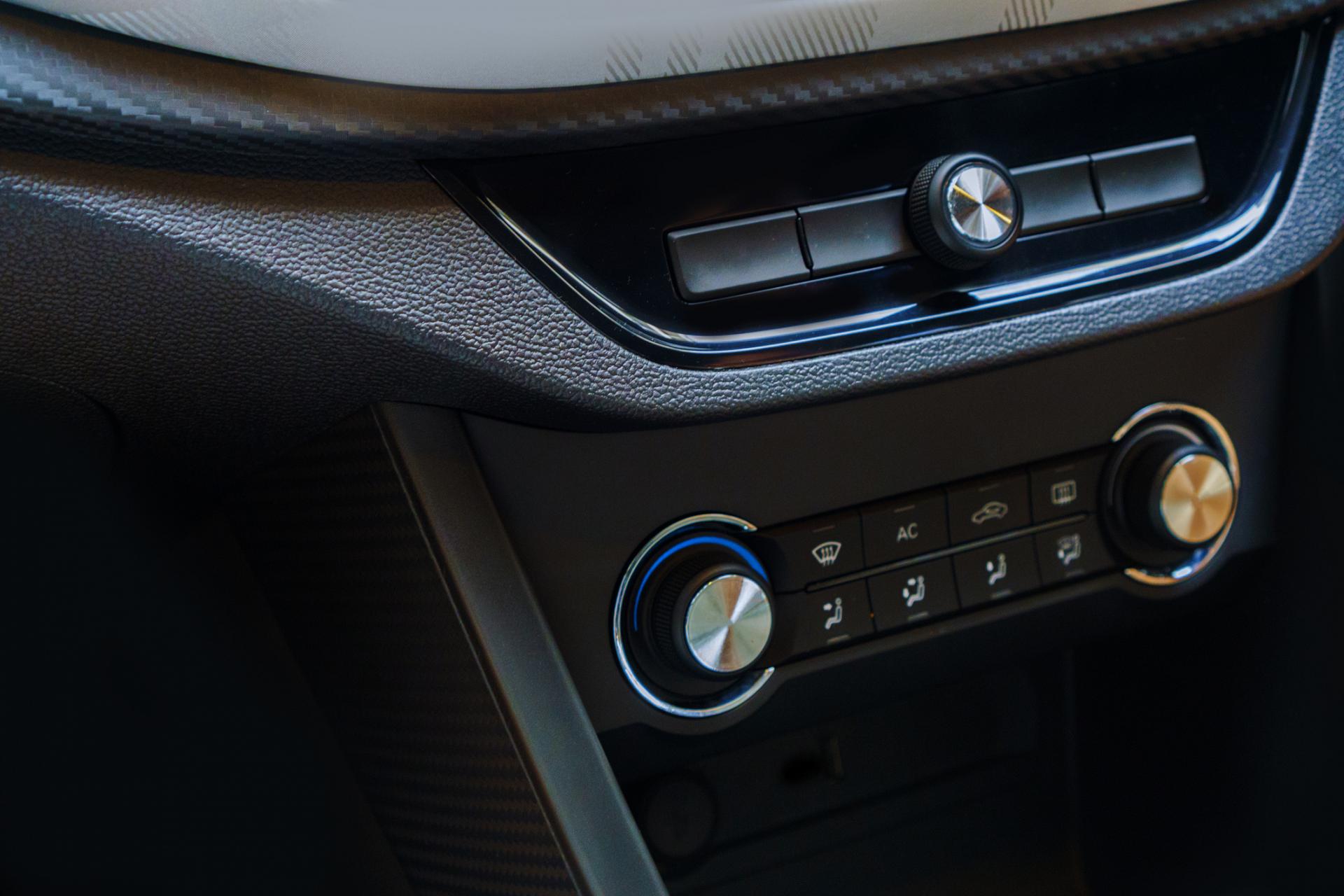
Monitoring acoustic Interaction - verify correct spoken dialogues
Some ideas are ahead of their time. To use speech and acoustics monitoring of interacting humans in order to increase a system’s situation awareness may only become of real interest now. Over and above the cognitive workload level assessment, as we have shown some time ago, given today’s speech recognition performance one can now also map the contents of what is currently being spoken by whom onto world models, and thus verify that the human-human interaction is in accordance with this. E.g., the crew of an SAR helicopter on a mission may have to perform certain tasks following a protocol, air and ground traffic controllers and their counterparts are obliged to only use certain expressions etc. The monitoring technology allows to track who when says what to whom, and - if need be - raise a flag and remind or ask that the prescribed forms (as laid down in the world model) be honored. There are many possibilities to explore!
What else can I help you with?
I'm happy to answer questions! Please contact me!
